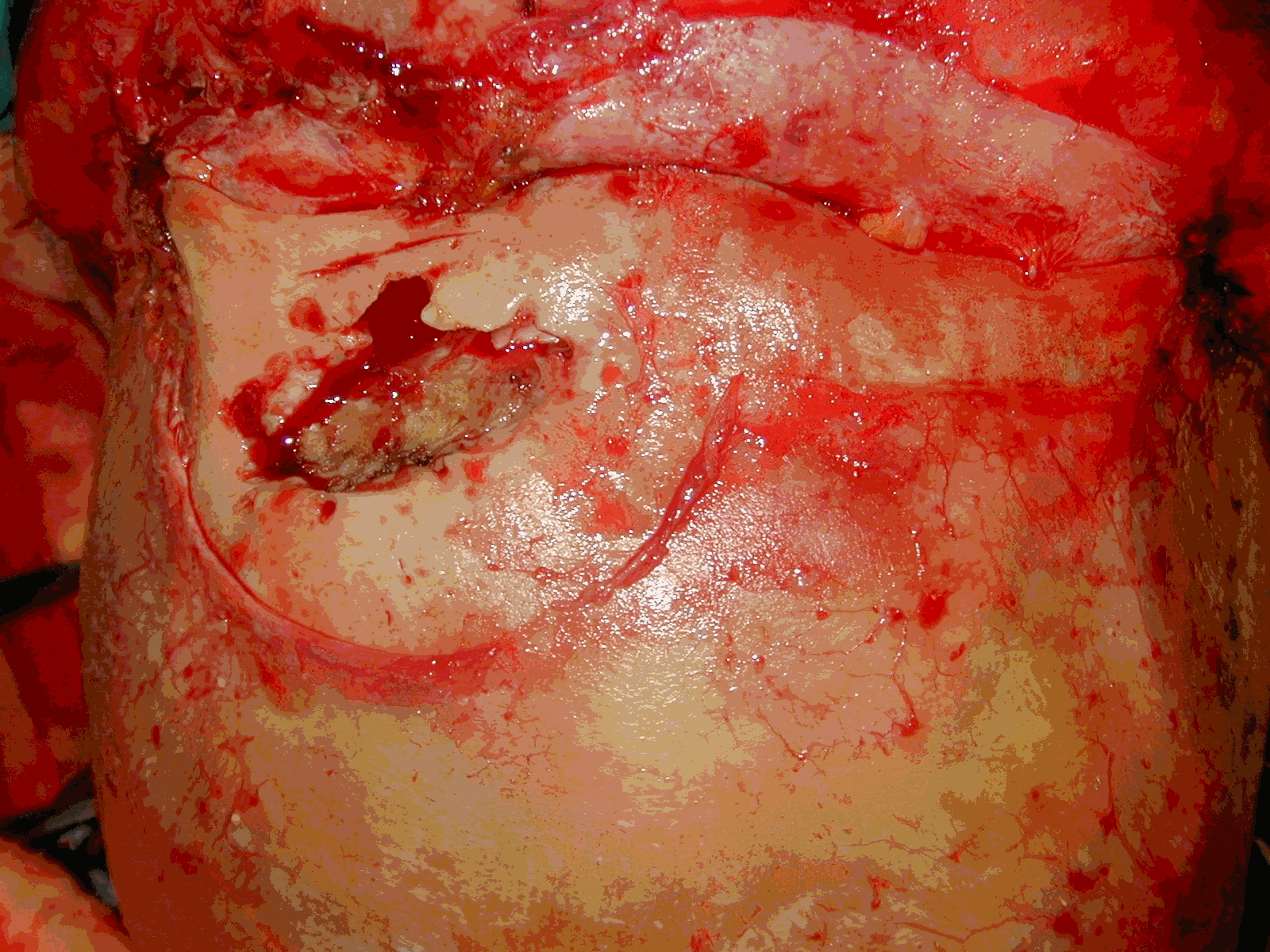

Its etiology may vary according to the population studied, gender, age range and a person’s social, economical and cultural level. The frontal sinuses are closely associated to the orbital roof, ethmoidal cells, nose and anterior cerebral fossa 3–6.ĭifferently from what many physicians think, frontal sinus injuries are not rare and correspond to 8% of all facial fractures 7. The anterior bone wall may be less resistant to impact forces, but it is somehow protected by the more prominent supraorbital contour, made up of high resistant bone 3. When developed, the frontal sinuses are located between the internal and external plates of the frontal bone, and both walls may be very thin. A complete septum separates the right from the left frontal sinus, and these can be further divided in subcompartments or recesses by complete or incomplete bone septums 2. About 4% of the population does not have frontal sinuses and other 4 to 5% have only small upper air cells.
#FRONTAL SINUS OBLITERATION FULL#
Their aeration and development are radiologically evident at the ages of 5 or 6 years, and their full development will happen at the ages of 10 to 12 years. The frontal sinuses derive from the frontal recess, part of the middle meatus and the air cells of the ethmoidal infundibulum. The surgical thecniques used are the incisions, bicoronal flap or browglabella, infra-orbital rim (“butterfly”), associated a endoscopy sinus surgery in cases of infection, cerobrospinal fluid leak and orbital complications. The management depends of the complexity, because commonly there are cranioencephalic lesions associated. Conclusion: The principal cause of frontal sinus fractures is crashed car. The basis of the surgical treatment was reduction and fixation with different materials (steel wire, mononylon, titanium miniplates) and if necessary we used alogen implants or parietal bone to reconstruct the anterior plate. Subpalpebral incision was performed in the majority with satisfactory aesthetic results. Others facial fractures were associated in 20 (83,4%) cases and major lesions of the cerebral segment were found in 13 (54,2%). In 2 patients the nasofrontal duct was involved. Results: From the 24 patients, we had 16 (66,6%) fractures of the extern plate and 8 (33,4%) of both. Materials and Methods: Not randomized retrospective study of 24 patients with frontal sinus fractures Hospital of Clinics, School of Medicine Botucatu, São Paulo, Brazil. Objective: To present the casuistic of fractures frontal sinus, the epidemiology and clinical and surgical management of frontal sinus fractures. It has a large potential of complications and its management still being a controversy. It can affect the anterior and/or posterior plates, with or without hitting the nasofrontal duct. The frontal sinus trauma is not rare and it is 8% of the facial fractures.


 0 kommentar(er)
0 kommentar(er)
